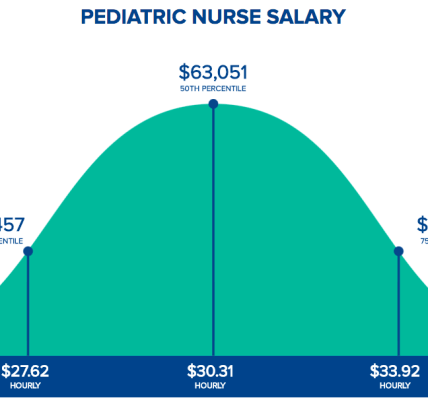Navigating the world of car insurance can feel overwhelming, with countless companies and coverage options vying for your attention. Understanding how to effectively compare car insurance policies is crucial to securing the best protection for your vehicle and finances. It’s not simply about finding the cheapest premium; it’s about assessing your individual needs and matching them with a policy that provides comprehensive coverage at a reasonable price. This guide will equip you with the knowledge and strategies to confidently compare car insurance policies and make an informed decision that safeguards you against potential risks. This will ensure you have adequate coverage without breaking the bank.
Understanding the Basics of Car Insurance Coverage
Before diving into comparisons, it’s essential to grasp the core components of a car insurance policy. Familiarizing yourself with these terms will empower you to accurately assess different offerings and identify the coverage gaps you need to address.
- Liability Coverage: Covers damages and injuries you cause to others in an accident. This is typically broken down into bodily injury liability and property damage liability.
- Collision Coverage: Pays for damage to your vehicle resulting from a collision with another object, regardless of fault.
- Comprehensive Coverage: Protects your car from damage caused by events other than collisions, such as theft, vandalism, weather events, and animal strikes.
- Uninsured/Underinsured Motorist Coverage: Covers your medical expenses and vehicle damage if you’re hit by a driver without insurance or with insufficient coverage.
- Personal Injury Protection (PIP): Covers your medical expenses and lost wages after an accident, regardless of fault (available in some states).
Key Factors to Consider When Comparing Policies
Once you understand the basic coverage types, you can begin the process of comparing policies. Focus on these key factors to make a well-informed choice:
Coverage Limits
Coverage limits dictate the maximum amount your insurance company will pay out for a covered claim. Choosing adequate limits is crucial to protect your assets and avoid being personally liable for costs exceeding your coverage. Consider your financial situation and the potential costs associated with accidents when setting your limits. It’s often recommended to choose limits that are higher than the state minimums.
Deductibles
Your deductible is the amount you pay out-of-pocket before your insurance coverage kicks in. Higher deductibles typically result in lower premiums, but you’ll need to be prepared to pay more if you file a claim. Lower deductibles mean higher premiums but less out-of-pocket expense when an accident occurs. Finding the right balance that suits your budget and risk tolerance is important.
Premiums
The premium is the regular payment you make to your insurance company for coverage. While cost is a significant factor, it shouldn’t be the sole determinant. A cheaper premium might come with lower coverage limits or a higher deductible, potentially costing you more in the long run.
Discounts
Many insurance companies offer discounts for various reasons, such as good driving records, bundling policies, owning safety features in your car, or being a student. Explore available discounts to potentially lower your premium.
Company Reputation and Customer Service
Research the insurance company’s reputation and customer service record. Read online reviews and check their ratings with organizations like the Better Business Bureau. A company with a history of slow claims processing or poor customer service can add unnecessary stress during a difficult time.
Tools and Resources for Comparing Car Insurance
Several online tools and resources can help you compare car insurance quotes and policies:
- Independent Insurance Agents: These agents can provide quotes from multiple insurance companies, saving you the time and effort of contacting each insurer individually.
- Online Comparison Websites: Websites like NerdWallet, The Zebra, and ValuePenguin allow you to compare quotes from various insurers based on your individual profile and coverage needs.
- Insurance Company Websites: You can also get quotes directly from individual insurance company websites.
Comparative Table: Car Insurance Companies
| Company | Average Premium | Customer Service Rating | Coverage Options |
|---|---|---|---|
| Geico | $$ | Good | Wide range of options |
| State Farm | $$$ | Excellent | Comprehensive coverage |
| Progressive | $ | Fair | Competitive pricing |
Ultimately, the best way to find the right car insurance policy is to compare multiple quotes, carefully consider your individual needs, and choose a company with a strong reputation and excellent customer service. Understanding how to compare car insurance policies effectively empowers you to make an informed decision that protects you financially and provides peace of mind on the road.

